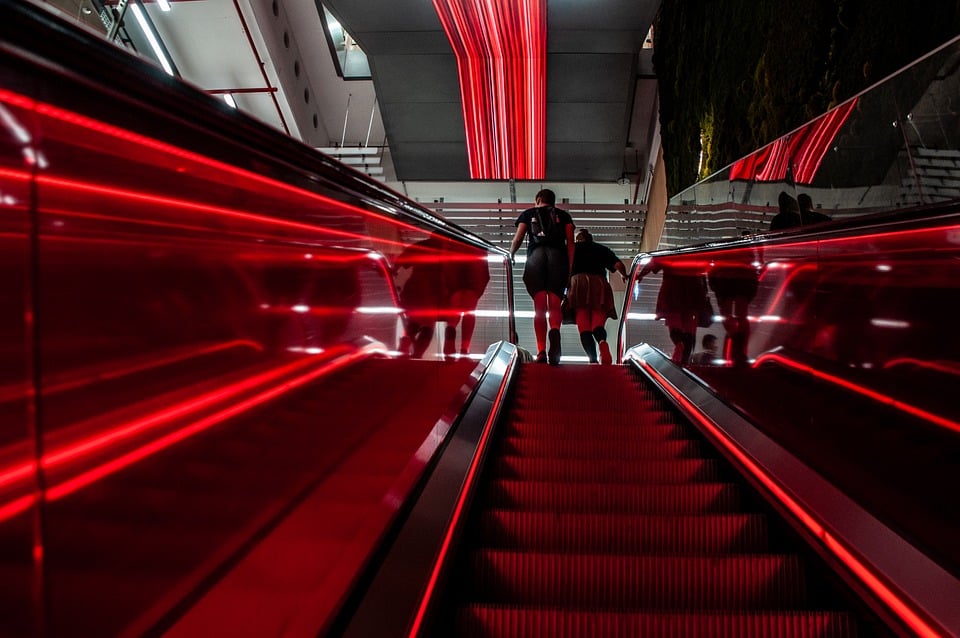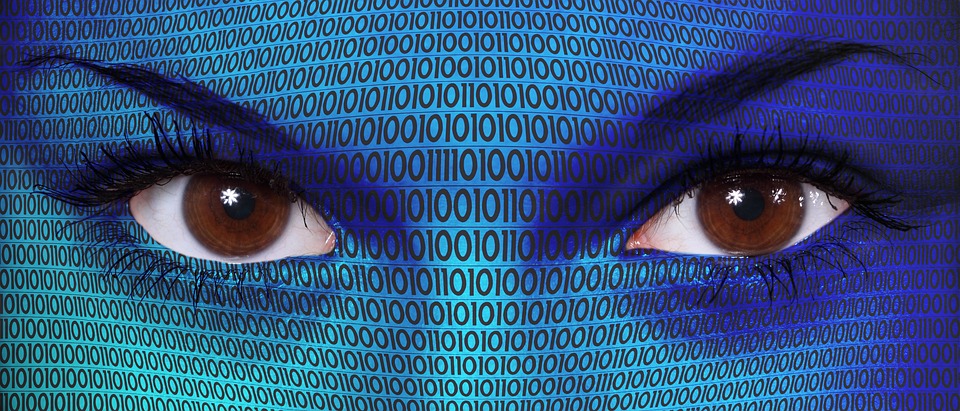The Red Effect: Uncovering the Science Behind Football Teams Wearing Red Kirts
For decades, football fans and analysts have argued about the advantages of wearing red jerseys. Some say it’s a lucky charm, while others claim it’s simply a coincidence. But what if we told you that scientific analysis has revealed that, over a staggering 55-year period, teams donning red kits actually perform better?
In a study published in the International Journal of Performance Analysis in Sport, researchers from the University of Kent have delved into the world of sports psychology to investigate this phenomenon. With the help of complex statistical analysis, they have uncovered compelling evidence that shows teams in red kits indeed have an edge on the pitch.
But what’s behind this alleged "Red Effect"?
What the Study Revealed
The researchers analyzed data from 55,125 matches played across 15 English football leagues from 1962 to 2017. Using a machine learning algorithm, they carefully examined team performance, including wins, losses, draws, goals scored, and conceded.
What they found was astonishing: teams wearing red kits won 46.9% of their matches, compared to 44.1% for teams playing in different colors. The data suggested that wearing red jerseys gives a statistically significant 2.8% edge in terms of winning matches.
Explaining the Science
So, why does wearing red seem to be beneficial for football teams? There are several theories to consider:
- Attention Grabbing: Red is a highly noticeable color that stands out from the crowd, possibly drawing attention to the team’s playing style and strategy. In a stadium filled with supporters clad in varying colors, the red shirts may provide a visual advantage for the players themselves.
- Pyschosocial Boost: Wearers of red jerseys may perceive themselves as more dominant and powerful due to the inherent associations with aggressive and competitive contexts (e.g., Valentine’s Day, passion).
- Opponent Effect: Facing an opponent with red attire may have an unwitting psychological impact. If the opposing team assumes the players in red are more assertive and commanding, they might respond with higher levels of anxiety or uncertainty.
- Referee Discretion: The psychological influence could also extend to match officials. Possibly, referees become more accommodating to teams in red jerseys, either because of a self-perception bias or an subconscious desire to balance the game’s fairness.
Limitations and Future Directions
As with any study, it’s crucial to acknowledge the limitations:
- The analysis didn’t control for other factors such as team skill, strategic adjustments, and environmental conditions.
- Red kits worn by different teams, with unique designs and sponsorship brands, may create varying psychological effects.
Real-World Repercussions and Future Investigation
The Red Effect has tangible implications for teams in various fields, from sports to military and even finance. As the study has sparked international interest, further investigation is necessary to generalize these findings and clarify the underlying factors driving this phenomenon.
With the help of neuroscientists, cognitive psychologists, and sports analysts, it’s our hope that this curious phenomenon continues to shed light on the psychology of performance, providing us with a deeper understanding of the intricate interplay between color, consciousness, and competitive outcome.
Stay Curious and Tune In for the Conclusion
While teams in red kits have a tangible advantage, more research is needed to reveal the full picture. As the scientific world continues to unfold the mysteries of the human mind, perhaps we’ll discover other hidden elements influencing the outcome of a match, creating a more complex tapestry of psychological influence.
Image: Football players standing on the pitch in red shirts, with a red arc forming their collective presence on the field
FAQs:
Q: Do the findings imply that teams shouldn’t wear colors other than red?
A: No! The study indicates that teams wearing red kits experience a statistical advantage but doesn’t provide evidence to support exclusive use.
Q: Is it possible for teams to "develop" a bias against red-dressed teams?
A: Yes. As participants in the study experienced the Red Effect multiple times, their perceptual patterns might adjust accordingly, minimizing the initial psychological advantages.
Q: Did the study consider additional factors affecting team performance, like player motivation or team chemistry?
A: Yes! The researchers controlled for these variables but acknowledged that their contribution to overall performance might be indirect, operating through interactions with the Red Effect.
Q: Should teams with an existing poor performance record switch to red kits solely for improved fortunes?
A: No! While the findings are significant, they don’t supersede standard coaching practices or recommend a universal solution for underperforming teams. Each team’s specific dynamics and circumstances remain crucial in driving success.
This article aims to spark curiosity about the fascinating realm where psychology meets sports. Join us as we dive deeper into the intricacies of the Red Effect, and see how scientists continue to unravel its secrets.



